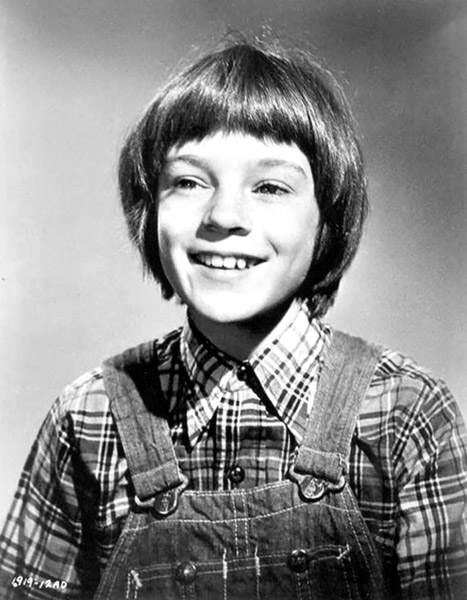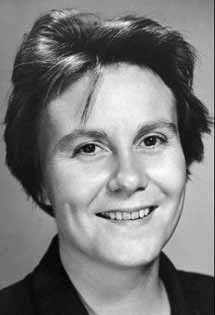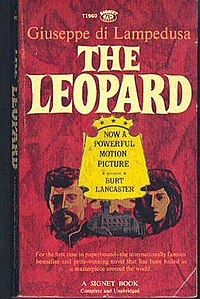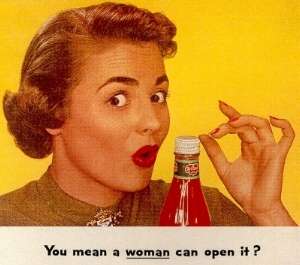 1. In your own words, write what was meant by "separate but equal." How did people in Jackson, Mississippi - including the ladies of the Junior League in "The Help" - try to apply this principle?
1. In your own words, write what was meant by "separate but equal." How did people in Jackson, Mississippi - including the ladies of the Junior League in "The Help" - try to apply this principle?
2. Do a simple online research about Jim Crow Laws. Identify what outcomes - forced upon domestic workers - were present in "The Help".
3. Explore the themes in "The Help" and develop your ideas by continuing the following sentence:
"The maids in The Help took a risk by telling their stories. Even though they knew they could be shot to death in their front yards, they went ahead with the project. If people are not willing to take risks..."
1. It means that they make a difference in a very ironic way. They make equal bathrooms, but separated from the house. I think this is very stupid and has no support. Is not intelligent and civilized. The people In Jackson make bathrooms outside the houses to separate them from the whit people.
 2. Jim Crow was the name of the racial caste system which operated primarily, but not exclusively in southern and border states, between 1877 and the mid-1960s. Jim Crow was more than a series of rigid anti-black laws. It was a way of life. Under Jim Crow, African Americans were relegated to the status of second class citizens. Jim Crow represented the legitimization of anti-black racism. This is present on the buses that were separated, some taxis services only for white people, the neighbours,etc.
2. Jim Crow was the name of the racial caste system which operated primarily, but not exclusively in southern and border states, between 1877 and the mid-1960s. Jim Crow was more than a series of rigid anti-black laws. It was a way of life. Under Jim Crow, African Americans were relegated to the status of second class citizens. Jim Crow represented the legitimization of anti-black racism. This is present on the buses that were separated, some taxis services only for white people, the neighbours,etc.
3. "... they will never make a change." I think that the maids were very brave when they told their stories, and was very dangerous. The maids in The Help were treated like animals and had no self respect, until they take the courage to reveal they feelings, then they had the courage to be respected, as Minny did in the movie.











